




Le temple Ngọc Sơn, signifiant temple de la montagne de jade, est un sanctuaire situé sur le Lac Hoan Kiem dans le centre d'Hanoi au Viet NamUn des piliers du temple porte l'inscription célèbre: « Le confucianisme gît partout, à l'est,...

Viet Nam National Museum of History was founded on 26 September 2011 on the basis of merging Viet Nam History Museum and Revolution Museum.With 200,000 documents and artifacts displayed on an area of 4,000m², the museum includes two main exhibitions: the exhibition about Vietnamese history...
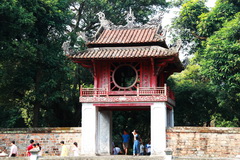
Le temple de la Littérature (vietnamien: Văn Miếu-Quốc Tử Giám), ou sanctuaire du Prince propagateur des Lettres est un temple confucéen situé dans la partie ouest de la vieille ville d'Hanoï, capitale du Viêt Nam. C'est le plus important des...
.jpg)
Tay Tuu Flower VillageAddress: Tay Tuu Village, Tu Liem district, HanoiProducts: roses, daisies, liliesFollow the footsteps of Lady Dong Thi in the poem “An afternoon on West Lake” to Tay Tuu Village, long famous for its splendid flowers and uniquely Hanoi cultural beauty. In early...
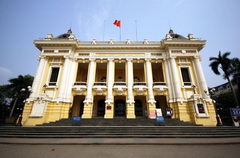
Ce bâtiment historique, pièce maîtresse du quartier français de Hanoi, accueille de nombreux chanteurs, danseurs et musiciens vietnamiens célèbres.L’opéra est situé sur une belle place, au carrefour des rues Trang Tien et Hang Khay. En...
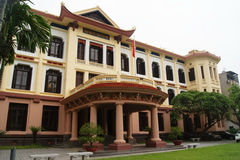
Just across the street from the Temple of Literature, Vietnam Fine Arts Museum can be easily spottedfrom afar. Like many other buildings that house museums in Hanoi, it was built in the 1930s as a Girl School for Indochina high-ranked officers. In 1966, it officially became Vietnam Fine Arts...

Tran Quoc Pagoda was first erected with the name “Khai Quoc” (Opening a country) during King Ly Nam De Dynasty, between year 544 and 548 on the bark of Red River (approximately within Yen Phu Ward, Tay Ho District now). Till the 15th century, during King Le Thai Tong reign, it...
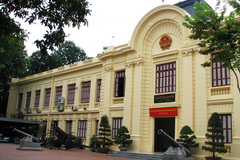
If you are touring along Tran Quang Khai road or Tong Dan street, chances are that you will be stopped out of curiosity and admiration by the unique French style architecture of Vietnam Museum of Revolution. Built in 1917 by the French colony, the place is now dedicated to displaying artifacts,...
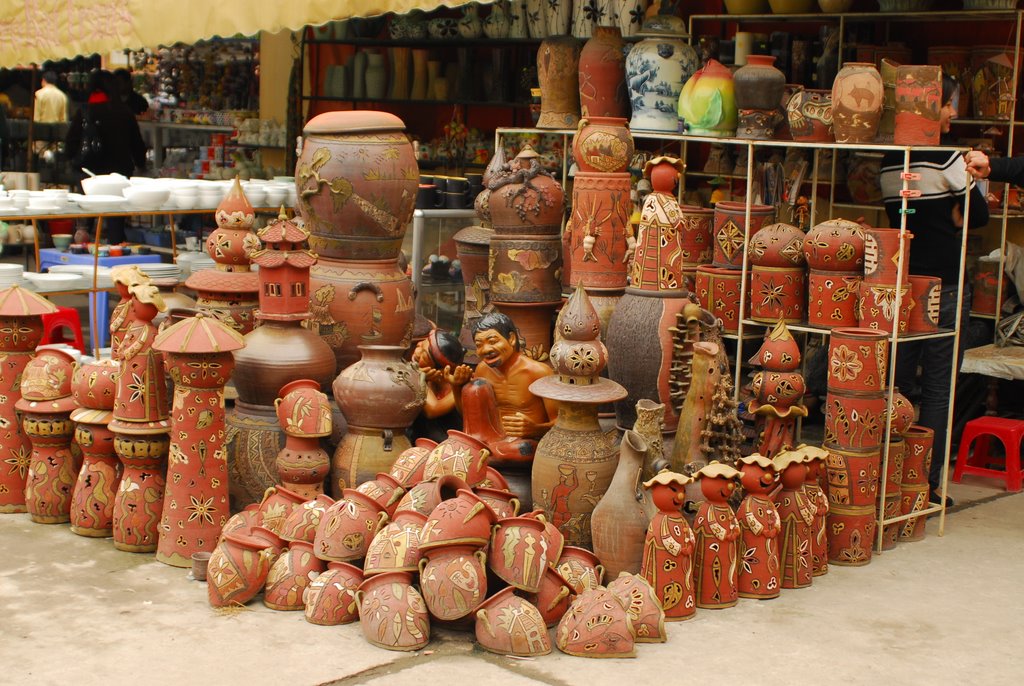
Environ 10 km au Sud-Est du centre d’Hanoï, vous pouvez y aller en bus ou à vélo. Avec 500 ans de développement, le village de céramique Bat Trang attire annuellement des milliers de visiteurs. En venant ici, vous pouvez non seulement explorer la...
.jpg)
Quang Ba Flower VillageAddress: Quang Ba Village, Nhat Tan, Tu Liem district, HanoiProducts: daisies, dahlias, sunflowers, peaches and kumquat trees.In Lunar December, flower villages around Hanoi enter their peak season, as people buy potted plants to welcome the new spring. Quang Ba Flower...

Soyez le premier à connaître nos offres de voyage exclusives et les nouveaux circuits !.